- Learning time
- 20 minutes
- First play time
- 40 minutes
Sensor Ghosts
Designed by: Janice Turner,Stu Turner
The co-operative challenge in Sensor Ghosts is to travel your spaceship across the galaxy – there’s no board; it’s made up of sector cards – and reach Earth safely before time runs out. However, there is virus at large, and Earth will not let you enter the atmosphere without a sample in order to develop a vaccine – which makes your journey a little trickier: not only must you avoid the asteroids and other potential obstacles, you must also navigate a path that allows you to collect this sample en route. And everything in your way keeps moving…
The ship begins at the bottom left of the play area – rows of sector cards – and must make its way to the top-right (Earth) before you cycle through a deck of command cards twice. There’s some set-up details about the play area itself and the amount of command cards you have (depending on number of players/difficulty setting) that mean your path to Earth will be tricky, but not mathematically impossible. Then players take turns playing command cards from their hands: there are only three types of command, consisting of movement, scan, and shield cards. Movement needs very little explanation: play a card face-up to the discard pile, and move the ship in the same direction as you play the card – forward, back, left or right. The catch here is that if you’re changing the orientation of a previously-played movement card – still visible on top of the discards – you need to play two movement cards instead. However, you can ask for assistance from your fellow players to do this, but there are strict rules over verbal communication! Note also that Move cards have an alternate use: peeking. We’ll come to that shortly.
Where you move is obviously key. Some sector cards (green) are empty, and easily navigable. Some (purple) push you on through to the next sector, like it or not, and some – red obstructed sectors or yellow asteroids – mean potential doom for your ship. That’s only avoided if you arrive with your shields fully charged, which is where the shield card comes in. Playing one charges 50% of your shield. The scan card allows you to flip any sector card you like, which is where also come back to peeking. All the sector cards are double-sided, and although some sides are matching, many aren’t: an empty sector might have an obstructed sector on the other side, for instance. Whenever your ship moves, two things happen: the next row of cards above you all shift to the left (the left-most card swaps to the far-right) and you must flip over a card in the row above the shifting row. This is why the seemingly trivial act of peeking can be a boon: not only can you anticipate and plan which cards to flip, it’s also a way – as with the shield and scan cards – of holding your ship in position until the time is right for it to go…
Don’t forget to grab a sample too. There will be 2 or 3 of these somewhere on the sectors, although crucially they are laid face-down and you might end up collecting a useless lump of rock instead. This risk-factor in how you move forward – and if you’re unlucky, back again – seeds the entire undertaking with an element of luck-pushing mixed into the movement-programming. If you feel that’s not challenge enough, you can deal yourself less cards, or include the Escape Pod variant that comes with the game – now you have to navigate two nearly-hopeless crafts back to Earth!
The guru's verdict
-
Take That!
Take That!
None from each other. Plenty from fate.
-
Fidget Factor!
Fidget Factor!
Low, as players need to focus on what everyone is doing and the new information that might be uncovered on a given turn.
-
Brain Burn!
Brain Burn!
It's not too heavy on the rules at all. The burning here is taking the disparate parts of moving landscape, available cards, and navigating a path through them for your ship.
-
Again Again!
Again Again!
It's impossible to 'solve' on a permanent basis, very more-ish, but probably best experienced with two players or played solo.

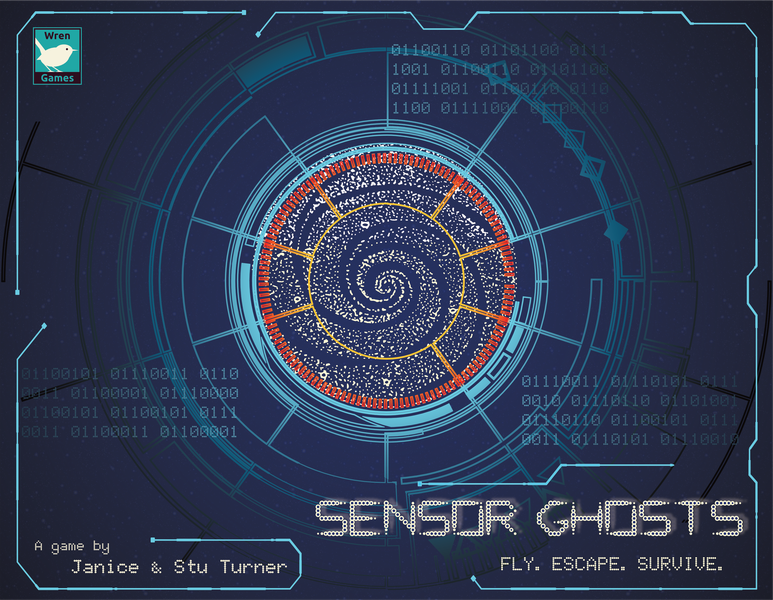
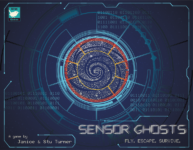
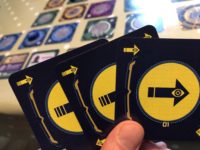

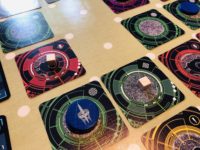



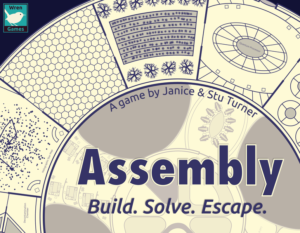
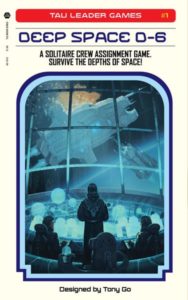
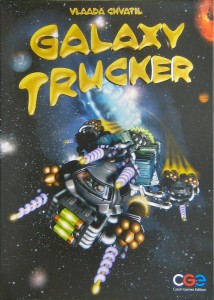

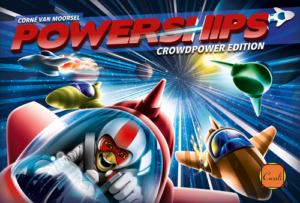
Sam says
If you want to go the whole shebang, you could play the (excellent) Assembly first, then crack out a game of Sensor Ghosts afterwards: from the same designers, this game picks up where Assembly left off and continues the narrative. But you don't need to have played, or even know anything about, the previous game to enjoy this one. I confess that having been a big fan of the original I needed a bit of winning over with Sensor Ghosts. It is marginally more fiddly and complicated than its predecessor, and initially I felt it didn't compare well as a result. But this one ended up getting its hooks in me too: although there is a fair bit of sliding and flipping cards around, what it does have on Assembly is a more resonant sense of narrative. Both are great puzzles, but here there's a tension that rises out of the story as well.